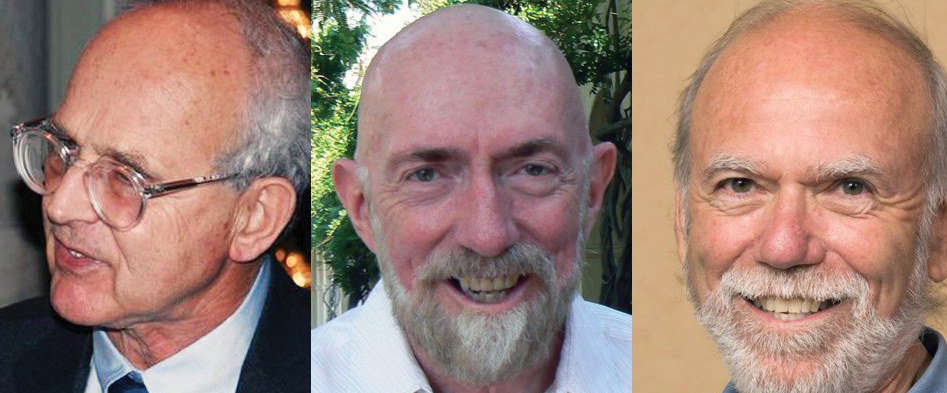The 2017 Nobel Prize in Physics was divided, one half awarded to Rainer Weiss, a professor at the Massachusetts Institute of Technology; and the other half jointly to Barry C. Barish and Kip S. Thorne, both of the California Institute of Technology.
Weiss, 85, Thorne, 77, and Barish, 81, were the architects and founders of a collaborative project known as LIGO, the Laser Interferometer Gravitational-wave Observatory, along with the late Ron Drever, also of Caltech, who died this year, The New York Times reported.
The prize was awarded “for decisive contributions to the LIGO detector and the observation of gravitational waves,” the Royal Swedish Academy of Sciences said in a statement on awarding the 9 million Swedish crown ($1.1 million) prize on October 3.
The three scientists helped discover the ripples in space-time known as gravitational waves while observing the collision of a pair of massive black holes a billion light years away. The news of their discovery mesmerized the world.
Their work validated Einstein’s longstanding prediction that space-time can shake like a bowlful of jelly when massive objects swing their weight around.
Back to Einstein
Einstein’s General Theory of Relativity, pronounced in 1916, suggested that matter and energy would warp the geometry of space-time the way a heavy sleeper sags a mattress, producing the effect we call gravity.
His equations described a universe in which space and time were dynamic. Space-time could stretch and expand, tear and collapse into black holes, objects so dense that not even light could escape them. The equations predicted that the motions of massive objects like black holes or other dense remnants of dead stars would ripple space-time with gravitational waves.
The waves had never been directly seen when Weiss and, independently, Drever, then at the University of Glasgow, following work by others, suggested detecting the waves by using lasers to monitor the distance between a pair of mirrors. In 1975, Weiss and Thorne, then a well-known gravitational theorist, stayed up all night in a hotel room brainstorming gravitational wave experiments during a meeting in Washington.
Thorne hired Drever to help develop and build a laser-based gravitational-wave detector at Caltech. Meanwhile, Weiss was doing the same thing at M.I.T.
In 1987, the original three-headed leadership of Weiss, Drever and Thorne was abandoned for a single director, Rochus Vogt of Caltech. But the project foundered until Barish, a Caltech professor with a superb pedigree in managing Big Science projects, was asked to step in as director in 1994. He reorganized the project so that it would be built in successively more sensitive phases, and he created a worldwide LIGO Scientific Collaboration of astronomers and physicists to study and analyze the data


